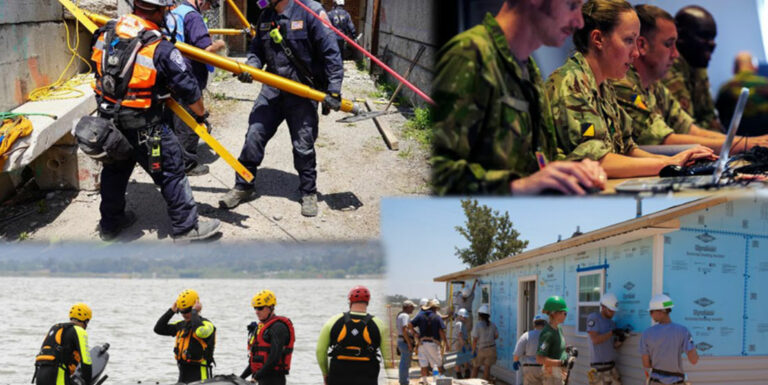
Article Archive by Year

In March 2023, FEMA published the Response and Recovery Federal Interagency Operational Plan. Learn about this big step forward for the emergency management community – the development and content of this new plan as well as the next steps for key stakeholders.
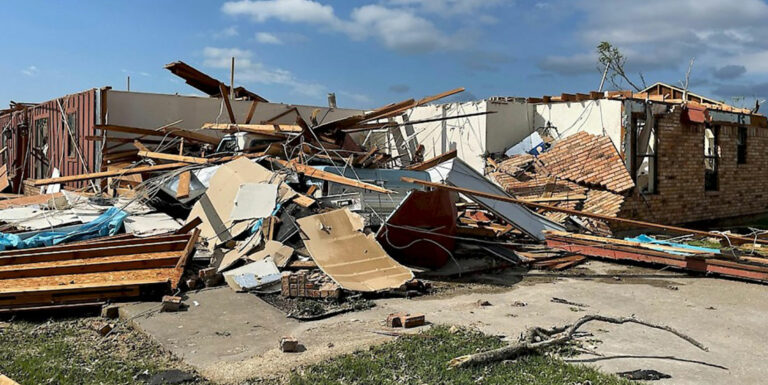
Tornadoes – Adapting Plans for a Changing Environment
March 15, 2023
Common terms like “Tornado Alley” should not get in the way of planning for evolving environmental threats. Meteorologists look at trends and recognize that tornadoes are one natural hazard that is shifting eastward. Make sure state and local hazard mitigation plans are updated and ready for this shift.
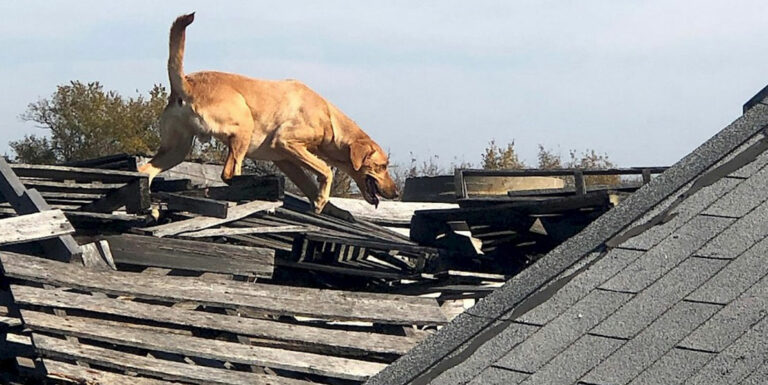
Leader of the Pack – Canine Detection
March 8, 2023
In the wake of a disaster, time is critical for locating survivors and recovering bodies. This type of work requires training, skills, and abilities acquired by canines due to their unique anatomy and physiology. However, there are key considerations before implementing K9 programs.

Fostering Public Buy-In to Support Public Safety
March 8, 2023
Emergency managers often go unnoticed until a disaster occurs. However, disaster response efforts are much more effective when communities work together and trust their local responding agencies. Learn how one county has changed its mindset to develop stronger community partnerships and buy-in before the next disaster.
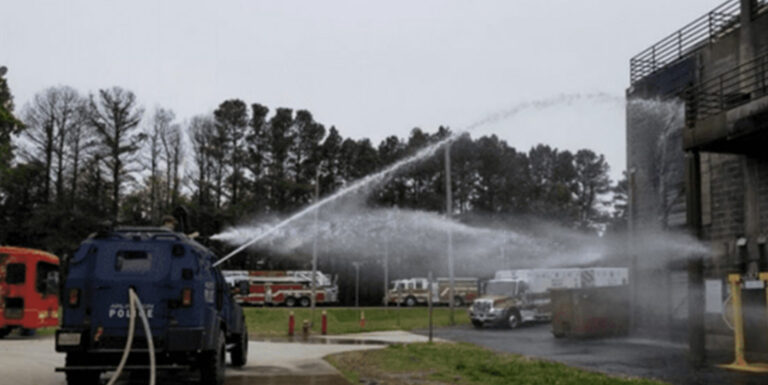
An Integrated Public Safety Approach for Evolving Threats
March 1, 2023
Evolving threats require integrated public safety approaches. Concepts like the Rescue Task Force, models like the Cynefin Framework, and numerous other available resources can help communities develop collaborative response plans for evolving threats and complex coordinated attacks like fire as a weapon.

Data Sharing – A Necessary Public Safety Tool
March 1, 2023
Criminal activities are not limited to jurisdictional boundaries, nor should the ability to share information collaboratively. Cooperative data sharing within and between jurisdictions is essential for today’s law enforcement demands. As such, law enforcement and other public safety agencies must work together to create a safer and more just society.

Technological Strategies for Organizational Leadership
February 22, 2023
Article Out Loud Integrating information technology (IT) into emergency management and public safety agencies involves balancing technological limitations with the organizational mindset. Finding this balance has been discussed in practice, academia, and across multiple disciplines, with friction sometimes emerging between the leadership mindset, staff, data, training, and implementation. For example,
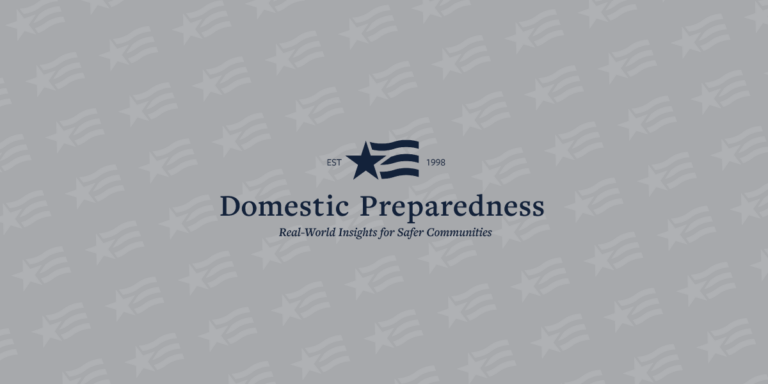
Threat Awareness – Actions Now Mitigate Disasters Later
February 22, 2023
Reducing or eliminating the long-term risks associated with natural, human-caused, or technological disasters begins with an awareness that specific threats exist. For example, a Chinese spy balloon crossed the United States and was shot down on February 4, 2023. The exact level of threat that it posed and the

Protests: Balancing First Amendment Rights and Public Safety
February 22, 2023
In today’s society, peaceful protests can occasionally escalate into unlawful rioting. The behavior of those involved in a demonstration or public gathering can vary greatly. This behavior includes: Peaceful protests, actions, and speech that are lawful and protected by the Constitution; Civil disobedience, which typically involves minor criminal acts; and Rioting associated with

Linking Resilience and Innovation for Emergency Preparedness
February 15, 2023
Most industries suggest a certain level of resilience and innovation. It is important to get through challenging times to keep a company going, and “innovate or die” has long been a mantra of the business world. While these concepts – or in some cases, buzzwords – come up in various lines of
A National Plan to Link Response and Recovery
March 15, 2023
In March 2023, FEMA published the Response and Recovery Federal Interagency Operational Plan. Learn about this big step forward for the emergency management community – the development and content of this new plan as well as the next steps for key stakeholders.
Tornadoes – Adapting Plans for a Changing Environment
March 15, 2023
Common terms like “Tornado Alley” should not get in the way of planning for evolving environmental threats. Meteorologists look at trends and recognize that tornadoes are one natural hazard that is shifting eastward. Make sure state and local hazard mitigation plans are updated and ready for this shift.
Leader of the Pack – Canine Detection
March 8, 2023
In the wake of a disaster, time is critical for locating survivors and recovering bodies. This type of work requires training, skills, and abilities acquired by canines due to their unique anatomy and physiology. However, there are key considerations before implementing K9 programs.
Fostering Public Buy-In to Support Public Safety
March 8, 2023
Emergency managers often go unnoticed until a disaster occurs. However, disaster response efforts are much more effective when communities work together and trust their local responding agencies. Learn how one county has changed its mindset to develop stronger community partnerships and buy-in before the next disaster.
An Integrated Public Safety Approach for Evolving Threats
March 1, 2023
Evolving threats require integrated public safety approaches. Concepts like the Rescue Task Force, models like the Cynefin Framework, and numerous other available resources can help communities develop collaborative response plans for evolving threats and complex coordinated attacks like fire as a weapon.
Data Sharing – A Necessary Public Safety Tool
March 1, 2023
Criminal activities are not limited to jurisdictional boundaries, nor should the ability to share information collaboratively. Cooperative data sharing within and between jurisdictions is essential for today’s law enforcement demands. As such, law enforcement and other public safety agencies must work together to create a safer and more just society.
Technological Strategies for Organizational Leadership
February 22, 2023
Article Out Loud Integrating information technology (IT) into emergency management and public safety agencies involves balancing technological limitations with the organizational mindset. Finding this balance has been discussed in practice, academia, and across multiple disciplines, with friction sometimes emerging between the leadership mindset, staff, data, training, and implementation. For example,
Threat Awareness – Actions Now Mitigate Disasters Later
February 22, 2023
Reducing or eliminating the long-term risks associated with natural, human-caused, or technological disasters begins with an awareness that specific threats exist. For example, a Chinese spy balloon crossed the United States and was shot down on February 4, 2023. The exact level of threat that it posed and the
Protests: Balancing First Amendment Rights and Public Safety
February 22, 2023
In today’s society, peaceful protests can occasionally escalate into unlawful rioting. The behavior of those involved in a demonstration or public gathering can vary greatly. This behavior includes: Peaceful protests, actions, and speech that are lawful and protected by the Constitution; Civil disobedience, which typically involves minor criminal acts; and Rioting associated with
Linking Resilience and Innovation for Emergency Preparedness
February 15, 2023
Most industries suggest a certain level of resilience and innovation. It is important to get through challenging times to keep a company going, and “innovate or die” has long been a mantra of the business world. While these concepts – or in some cases, buzzwords – come up in various lines of
Follow Us
Get Instant Access
Subscribe today to Domestic Preparedness and get real-world insights for safer communities.
ARchives
Article Out Loud – Hospital Security: An Age-Old Problem Becomes Increasingly Important
May 2, 2023
Some states are considering bills to better protect hospital workers from violence. Although trends show an increase in violence, this 2008 article explains how this important issue has been a longtime concern.
Article Out Loud – Eclipses Again Will Darken the Sky in 2023 and 2024
April 26, 2023
An eclipse is not just about the sky getting dark. There are many considerations for emergency planners and public safety professionals to ensure the safety of their communities. Learn the lessons from the 2017 eclipse to better prepare for the next event.
Article Out Loud – Preparedness Promoters – Assessing Marginalized Populations
April 26, 2023
Certain populations are more vulnerable when faced with disasters. By adapting a public health model, community leaders can identify common vulnerability indicators and close the gaps between emergency management plans and target population vulnerabilities.
Article Out Loud – Covenant School – Reviewing Another Tragic Shooting
April 19, 2023
The Covenant School shooting is another reminder of active shooter trends. This article reviews the chain of events from that tragic event, post-incident reviews, and what communities are and should be doing to prepare for and prevent future active shooter incidents.
Article Out Loud – Labor Trafficking – An Underreported Escalating Crisis
April 19, 2023
An Article Out Loud from the Domestic Preparedness Journal, April 19, 2023. Labor trafficking affects many more people in the U.S. than sex trafficking, but it gets much less attention. Learn what the government is doing and what else community stakeholders can do now to better protect people from this
Article Out Loud – Tapping Media for Credible Disaster Communication
April 18, 2023
Few preparations made in anticipation of a disaster pay bigger dividends than how the team communicates with the news media and the public during a disaster. This 2016 article explains why.
Article Out Loud – 45 Seconds of Danger, a Lifetime of Lessons
April 18, 2023
In 2011, a “45-second” tornado proved that just because something has never happened here doesn’t mean that it cannot happen here. A wealth of lessons learned from that day continue to prepare communities today.
Article Out Loud – The DoD Defense Coordinating Element and How It Is Certified
April 12, 2023
Besides the main mission of defending the homeland, Department of Defense capabilities also provide critical support to local, state, and federal civilian partners during major disasters. Learn how Army North’s defense coordinating element’s mission and composition ready their units to perform this additional mission when needed.
Article Out Loud – Biosafety Laboratory Issues and Failures
April 12, 2023
Biosafety labs and lab leaks continue to be an area of discussion and concern, especially in a search for the source of SARS-CoV-2. It was international, but there are domestic risks too. This article explains how.
Article Out Loud – Staying Ahead of ‘The Big One’
April 11, 2023
Having an expandable plan, reinforced by and during daily operations, is the best way to prepare for the next major disaster. The planning model described in this 2013 article was as invaluable then as it is today.
Follow Us
Get Instant Access
Subscribe today to Domestic Preparedness and get real-world insights for safer communities.


